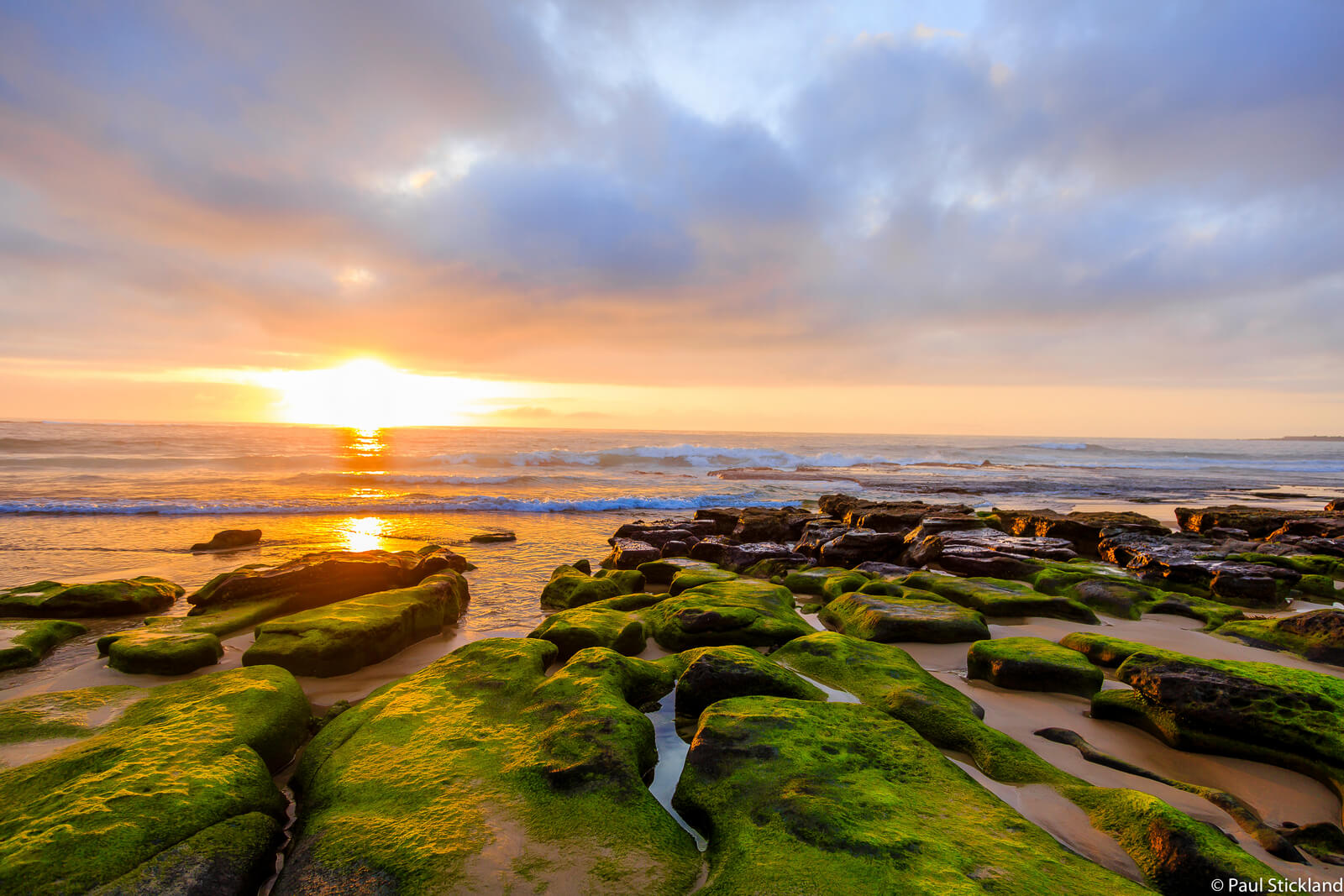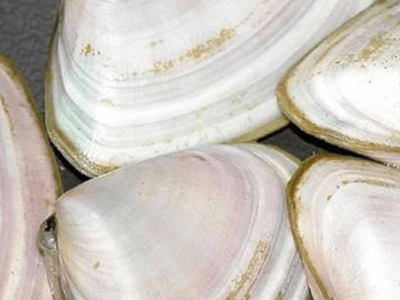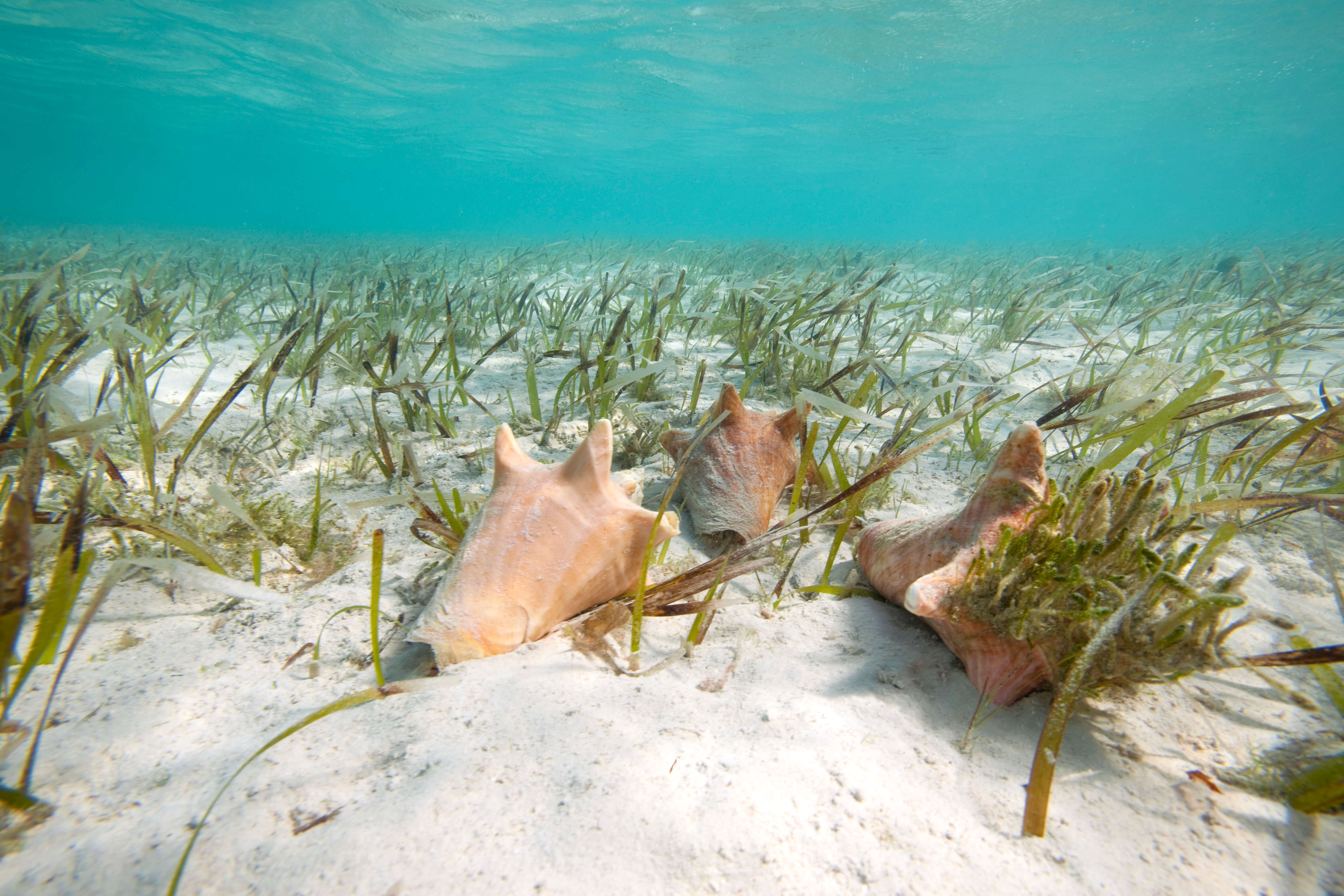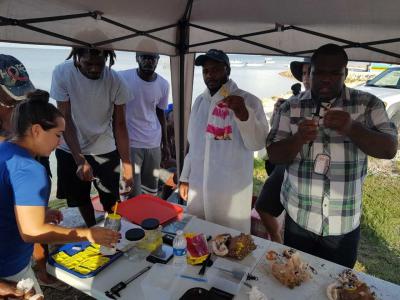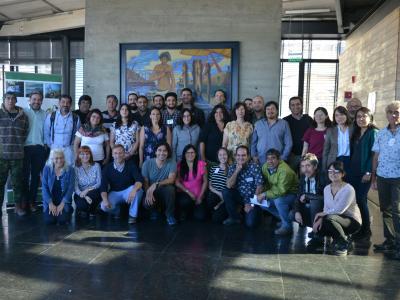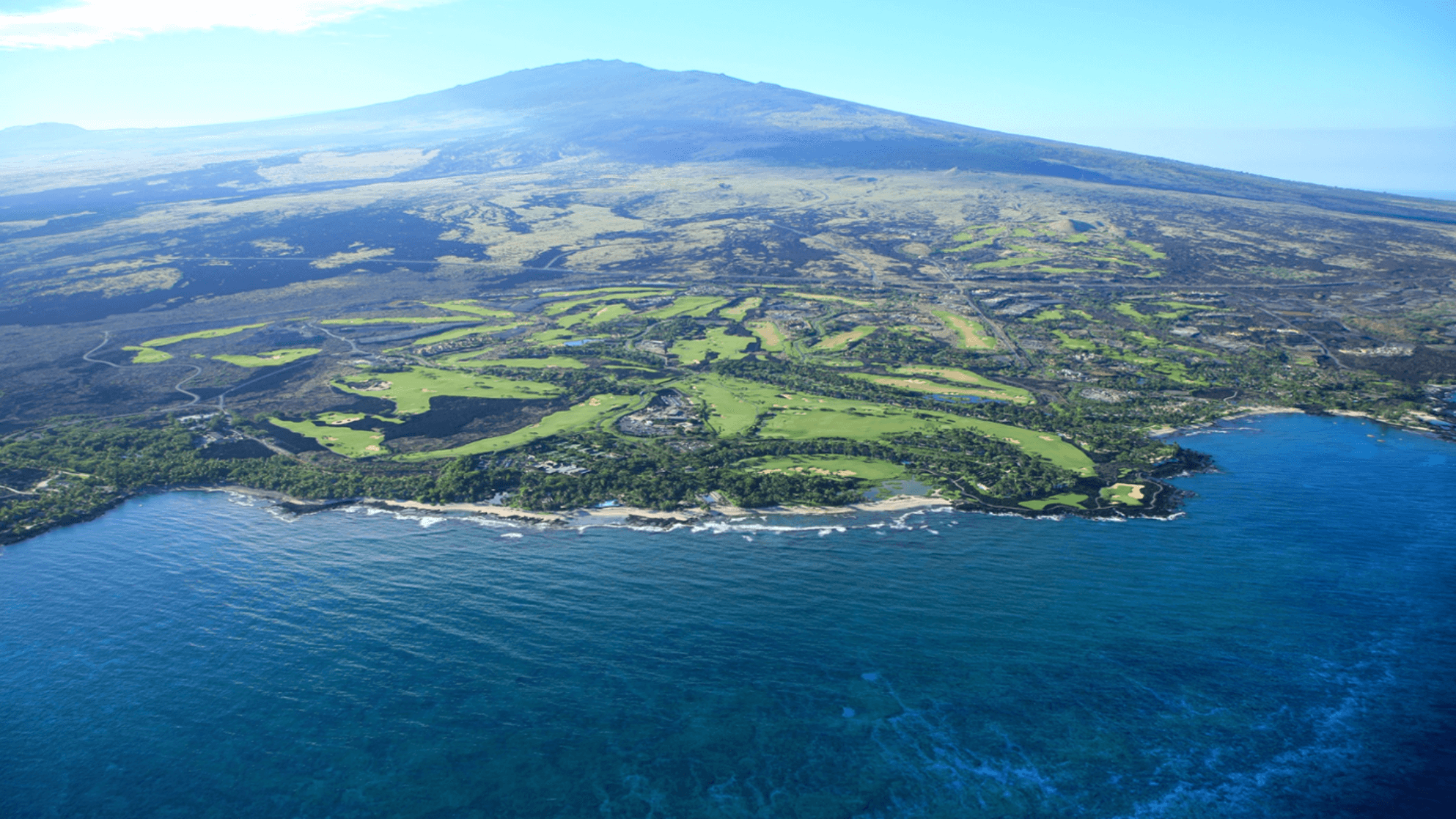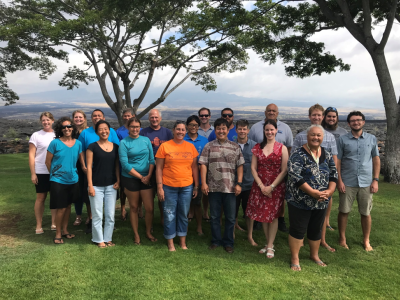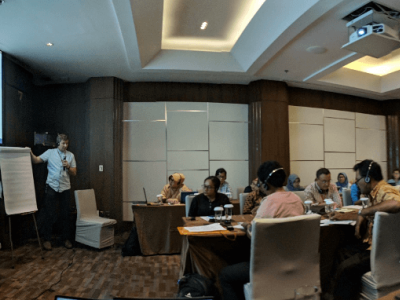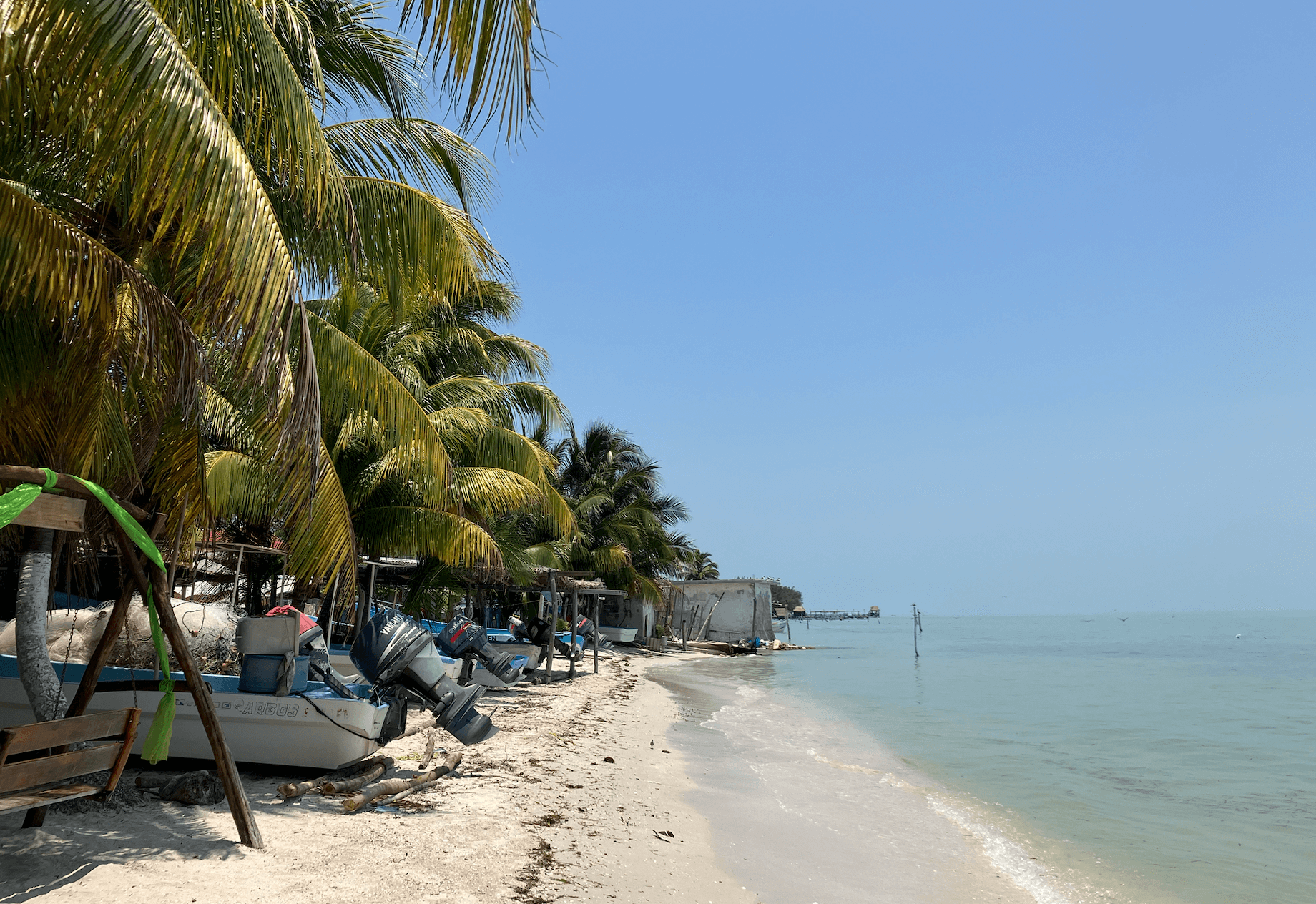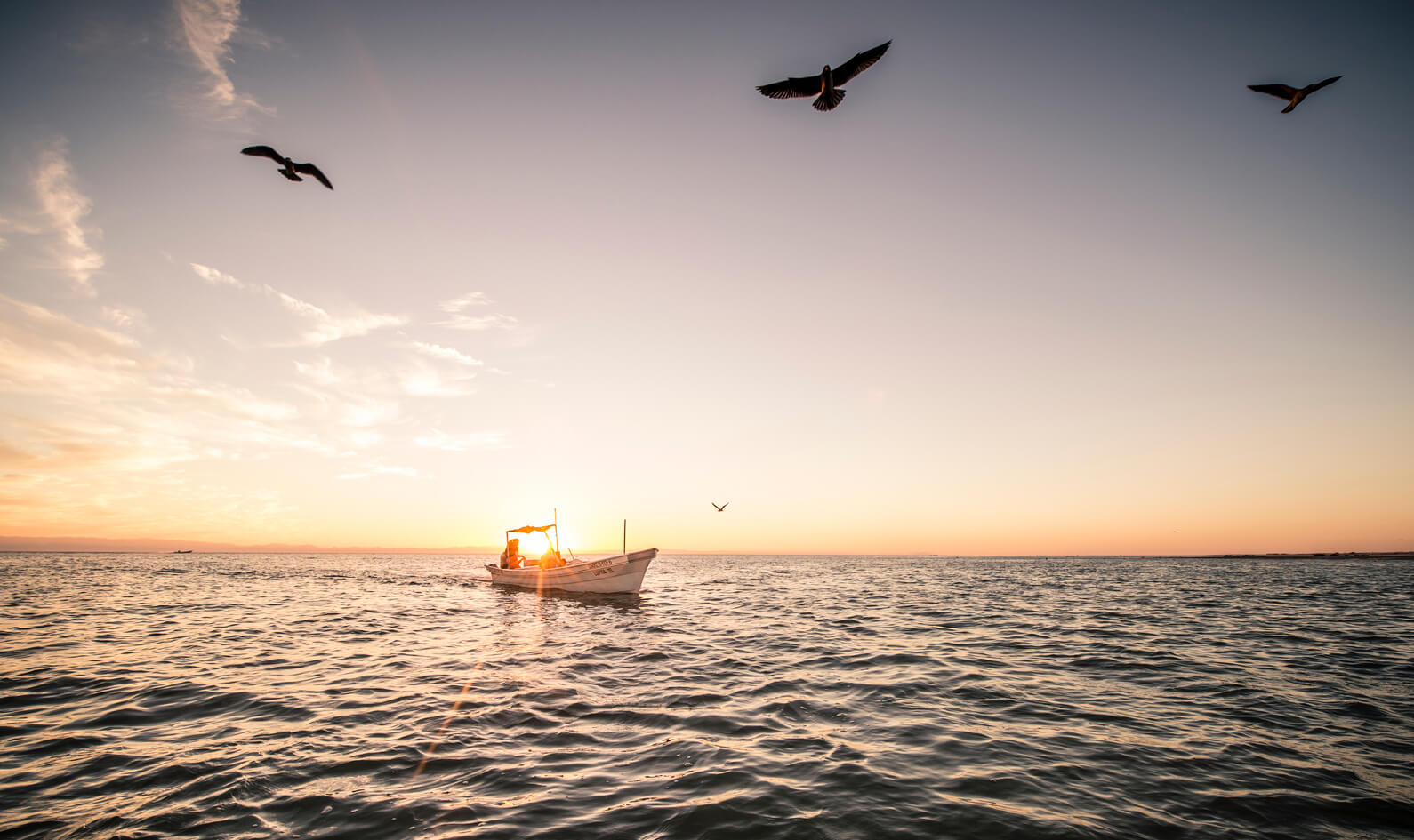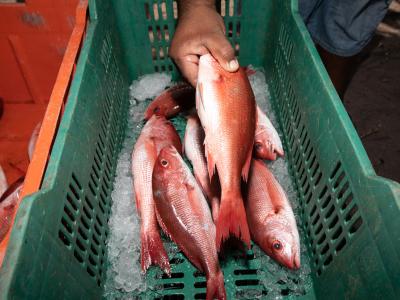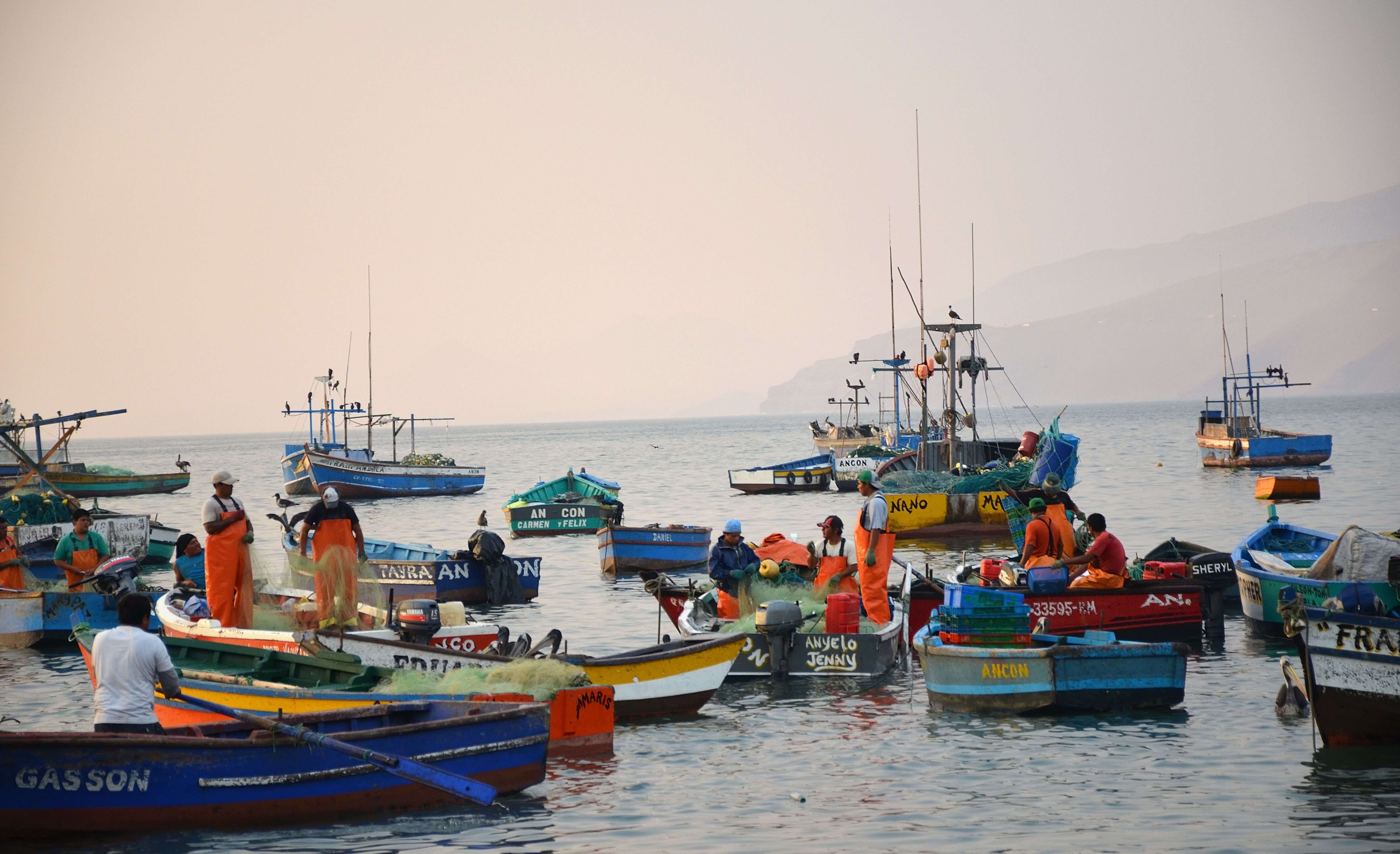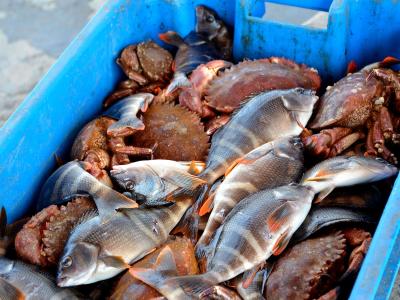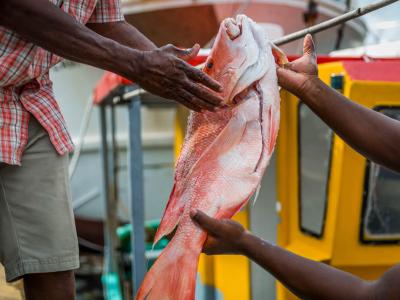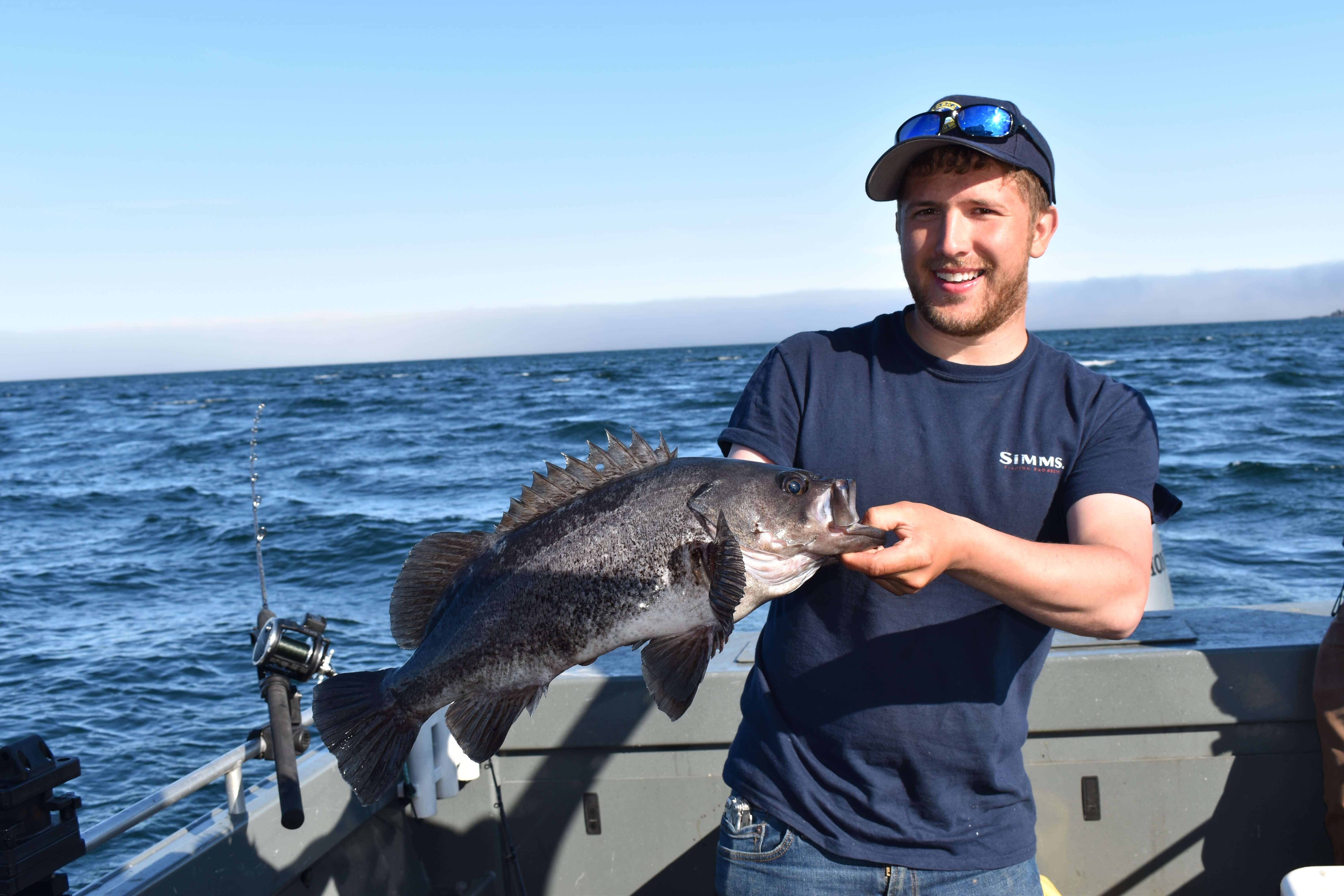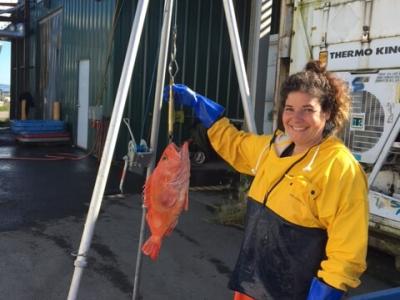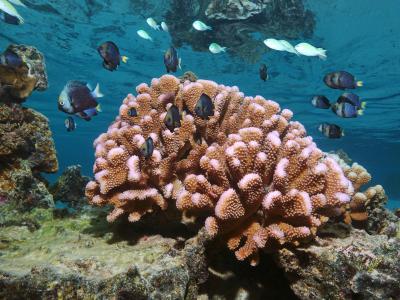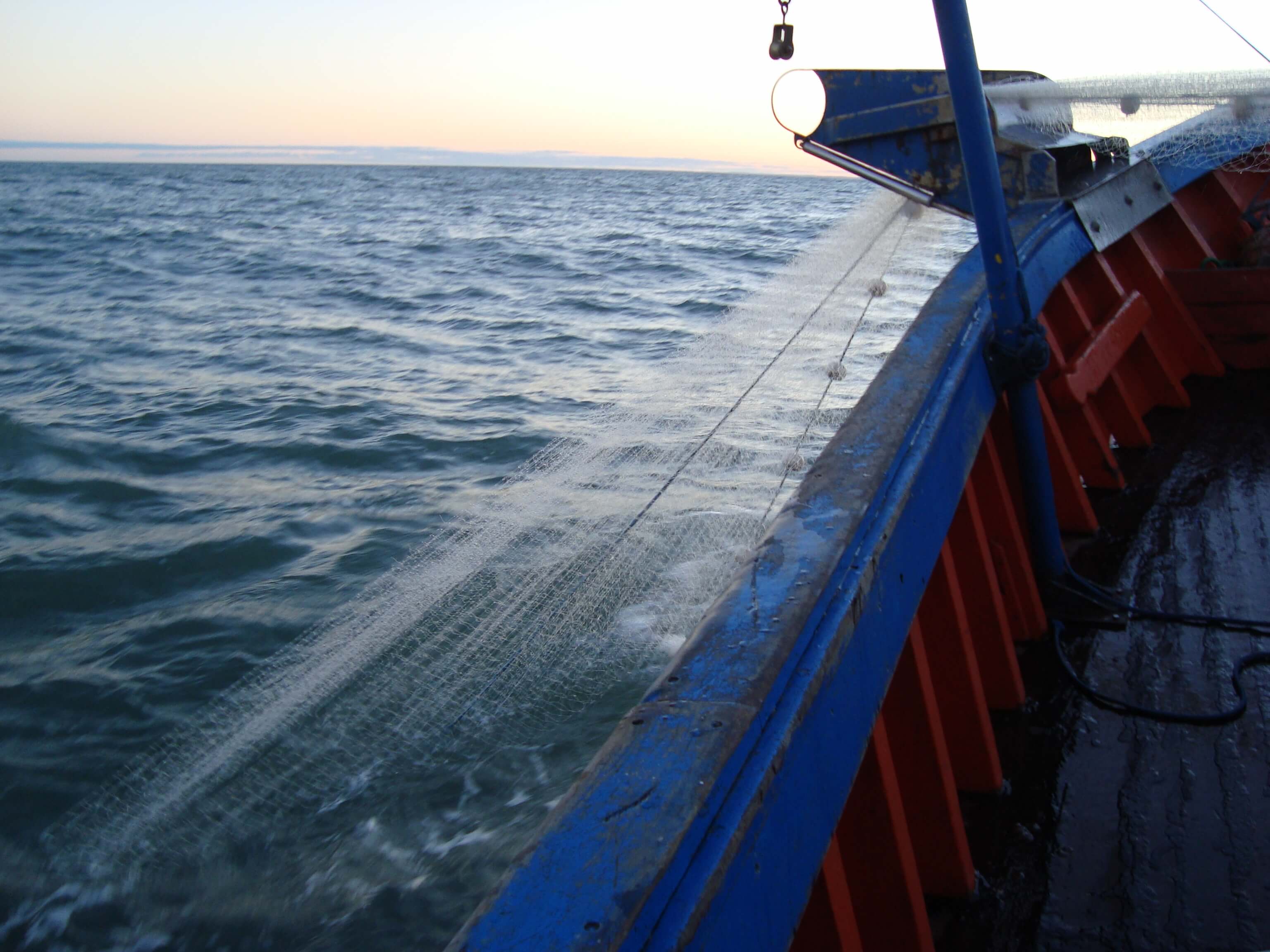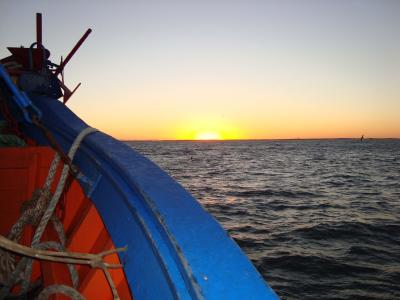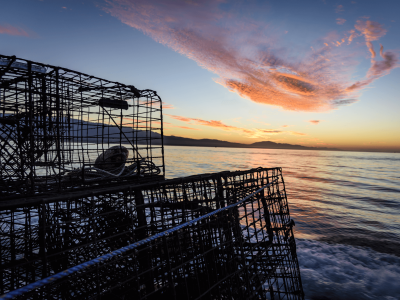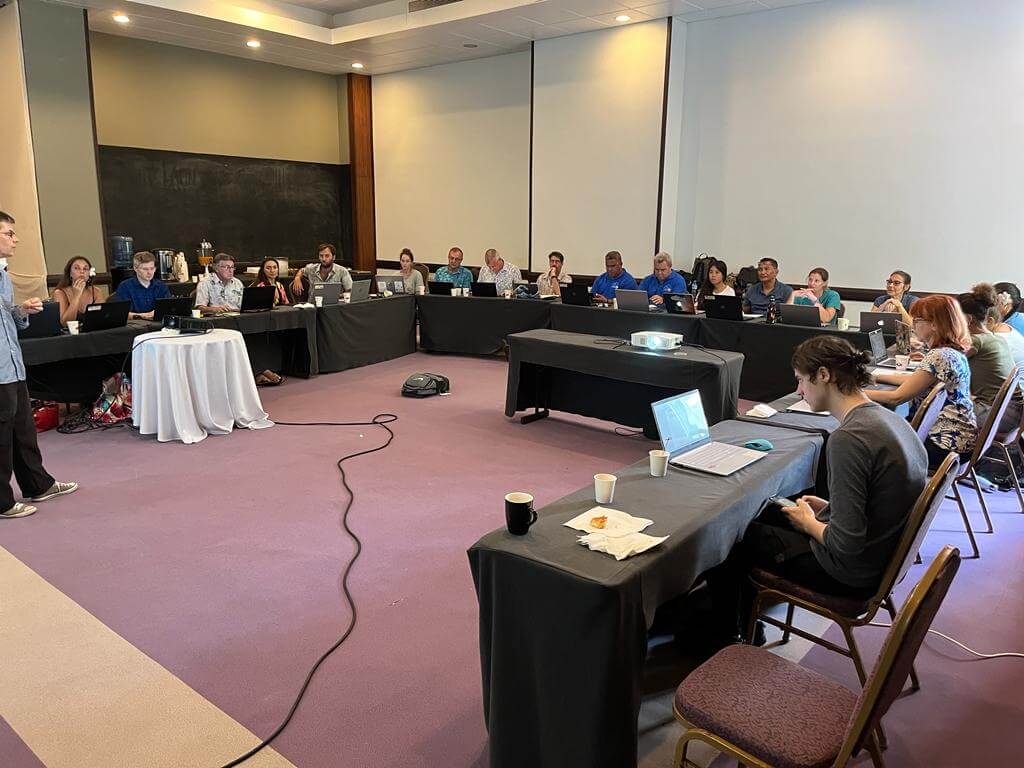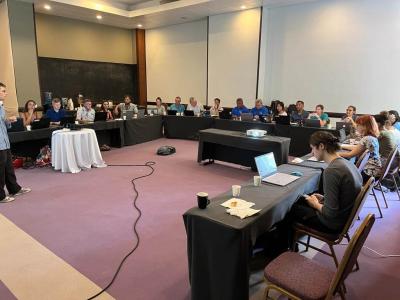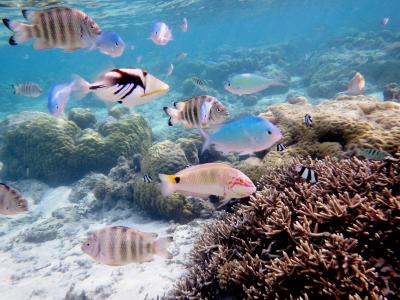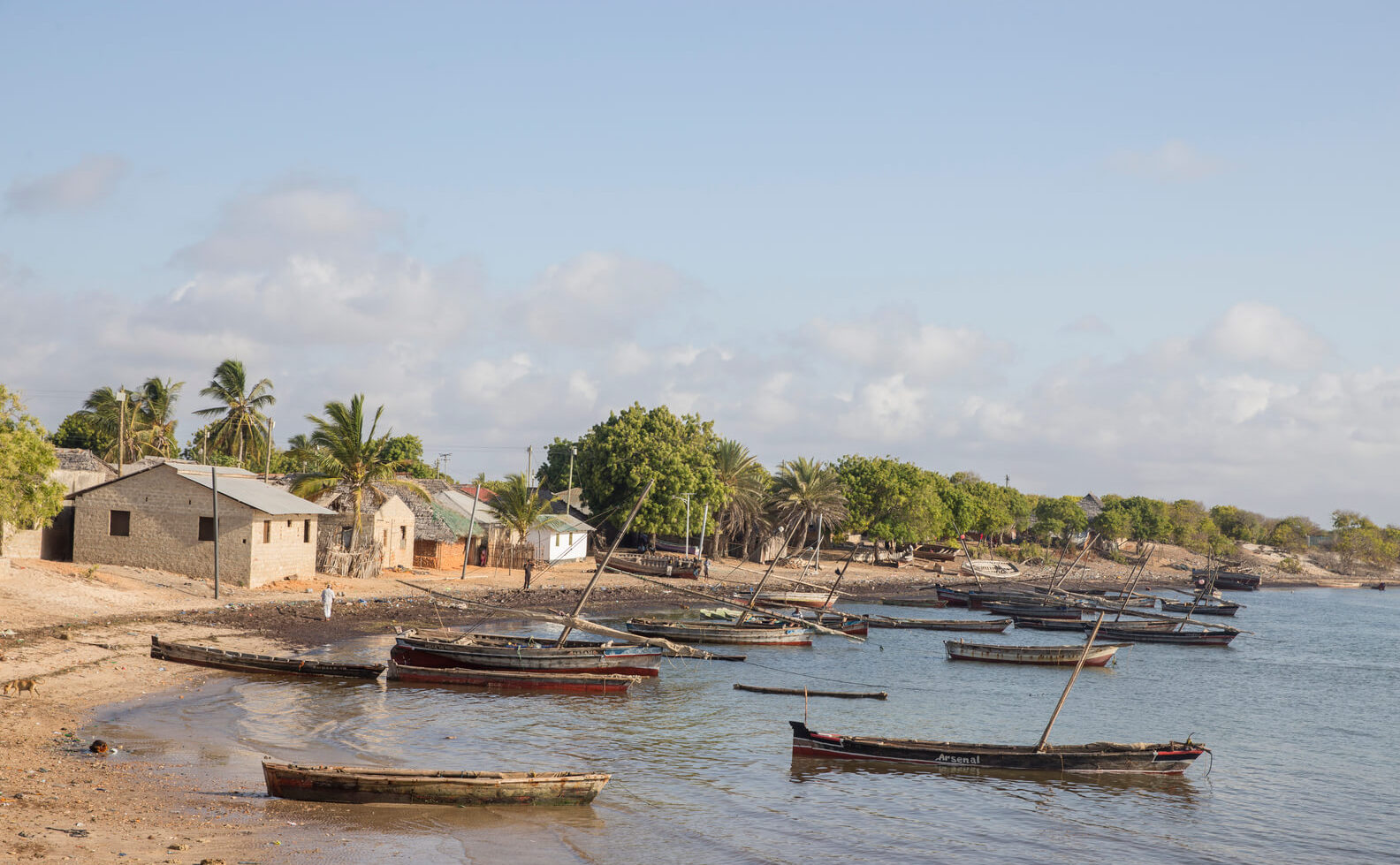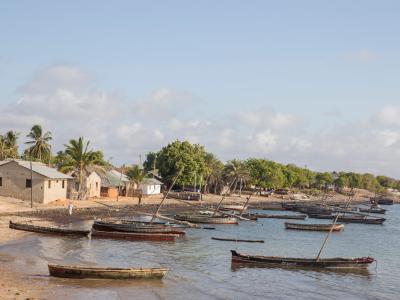FishPath is being applied across the globe, both led by The Nature Conservancy, NOAA, CSIRO, and other members of the FishPath Network. FishPath applications range from full FishPath engagements with a series of multiple workshops, to trainings on the use of the FishPath tool.
where we work
where-we-work-intro
case-studies-section-title
case-studies-section-title
Bahamas
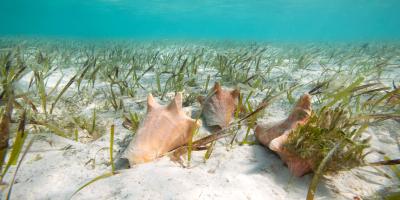
Bahamas
In the Bahamas, FishPath is being applied to the Queen Conch and to snapper and grouper fisheries.
Bahamas

Bahamas
In the Bahamas, FishPath is being applied to the Queen Conch and to snapper and grouper fisheries.
Mexico - Pacific
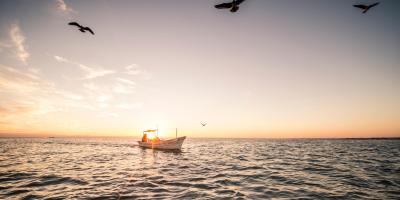
Mexico - Pacific
In the Mexican Pacific, the FishPath process has been applied in the red snapper fishery and recently extended to the multispecies finfish fishery in the Gulf of California.
Mexico - Pacific

Mexico - Pacific
In the Mexican Pacific, the FishPath process has been applied in the red snapper fishery and recently extended to the multispecies finfish fishery in the Gulf of California.
Chile

Chile
The application of FishPath in Chile is focused on bringing stakeholders together to improve management of coastal finfish fisheries, such as Vieja negra (Graus nigra).
Chile

Chile
The application of FishPath in Chile is focused on bringing stakeholders together to improve management of coastal finfish fisheries, such as Vieja negra (Graus nigra).
Peru

Peru
The FishPath process was shaped in Peru, where a strong agency partnership has led to assessment of numerous coastal fisheries and stronger technical capacity among fisheries agency in the country.
Peru

Peru
The FishPath process was shaped in Peru, where a strong agency partnership has led to assessment of numerous coastal fisheries and stronger technical capacity among fisheries agency in the country.
Hawai'i

Hawai'i
In Hawai'i, the FishPath process is supporting the development of community-based fisheries management plans.
Hawai'i

Hawai'i
In Hawai'i, the FishPath process is supporting the development of community-based fisheries management plans.
Spain

Spain
FishPath was applied in Spain through a collaboration with the Marine Stewardship Council (MSC).
Spain

Spain
FishPath was applied in Spain through a collaboration with the Marine Stewardship Council (MSC).
California

California
The assessment section of the FishPath tool was used in the California rock crab fishery.
California

California
The assessment section of the FishPath tool was used in the California rock crab fishery.
Australia

Australia
Led by CSIRO, the FishPath process is being undertaken for multiple inshore coastal fisheries in the state of New South Wales, Australia.
Australia

Australia
Led by CSIRO, the FishPath process is being undertaken for multiple inshore coastal fisheries in the state of New South Wales, Australia.
Indonesia

Indonesia
In Indonesia, FishPath is being led by scientists at NOAA Fisheries, applied at both the national level and in West Papuan fisheries.
Indonesia

Indonesia
In Indonesia, FishPath is being led by scientists at NOAA Fisheries, applied at both the national level and in West Papuan fisheries.
Kenya
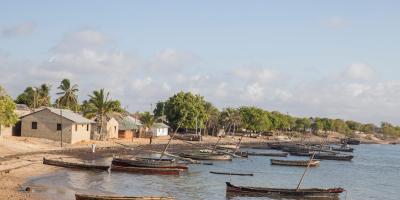
Kenya
The FishPath process in Kenya is supporting the improvement of priority fisheries including the lobster and octopus fisheries.
Kenya

Kenya
The FishPath process in Kenya is supporting the improvement of priority fisheries including the lobster and octopus fisheries.
Seychelles
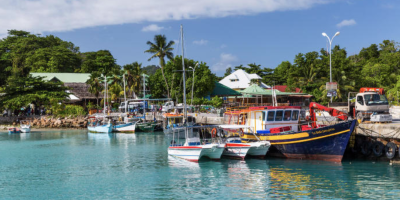
Seychelles
FishPath is being applied in Seychelles in collaboration with the Seychelles Fishing Authority, starting with the Spanner crab fishery.
Seychelles

Seychelles
FishPath is being applied in Seychelles in collaboration with the Seychelles Fishing Authority, starting with the Spanner crab fishery.
Alaska
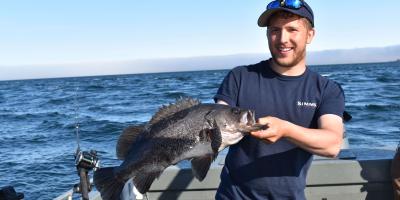
Alaska
In Alaska, the FishPath tool is being used to guide the development of fishery management plans for state-managed rockfish.
Alaska

Alaska
In Alaska, the FishPath tool is being used to guide the development of fishery management plans for state-managed rockfish.
Brazil
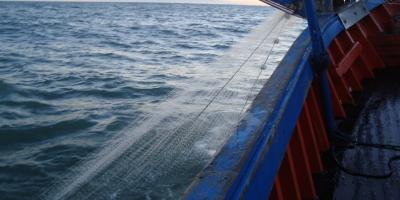
Brazil
In Brazil, the FishPath tool was used as a decision-support system in the initial steps of a broader process to develop fishery management actions for demersal fisheries along the coast of the Rio Grande do Sul state.
Brazil

Brazil
In Brazil, the FishPath tool was used as a decision-support system in the initial steps of a broader process to develop fishery management actions for demersal fisheries along the coast of the Rio Grande do Sul state.
Guam
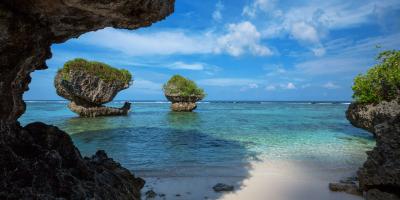
Guam
During 2022, the FishPath Tool was used in a week-long hybrid in-person/ virtual workshop to support the process of drafting a sustainable fisheries management plan for coral reef finfish fisheries in Guam.
Guam

Guam
During 2022, the FishPath Tool was used in a week-long hybrid in-person/ virtual workshop to support the process of drafting a sustainable fisheries management plan for coral reef finfish fisheries in Guam.
American Samoa
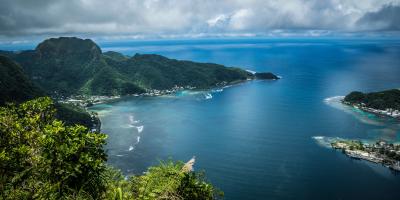
American Samoa
During 2022, the FishPath Tool was used in a week-long virtual workshop to support the process of drafting a sustainable fisheries management plan for coral reef finfish fisheries in American Samoa.
American Samoa

American Samoa
During 2022, the FishPath Tool was used in a week-long virtual workshop to support the process of drafting a sustainable fisheries management plan for coral reef finfish fisheries in American Samoa.
Mexico - Atlantic
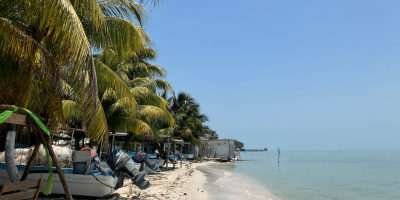
Mexico - Atlantic
In the Atlantic coast of Mexico, the FishPath Process is being applied in the Blue Crab fishery in collaboration with partners at INAPESCA and fishery stakeholders.
Mexico - Atlantic

Mexico - Atlantic
In the Atlantic coast of Mexico, the FishPath Process is being applied in the Blue Crab fishery in collaboration with partners at INAPESCA and fishery stakeholders.
French Polynesia

French Polynesia
The FishPath Tool was used during a workshop in April 2023 in Tahiti, French Polynesia in collaboration with the Direction Des Ressources Marines (DRM).
French Polynesia

French Polynesia
The FishPath Tool was used during a workshop in April 2023 in Tahiti, French Polynesia in collaboration with the Direction Des Ressources Marines (DRM).
